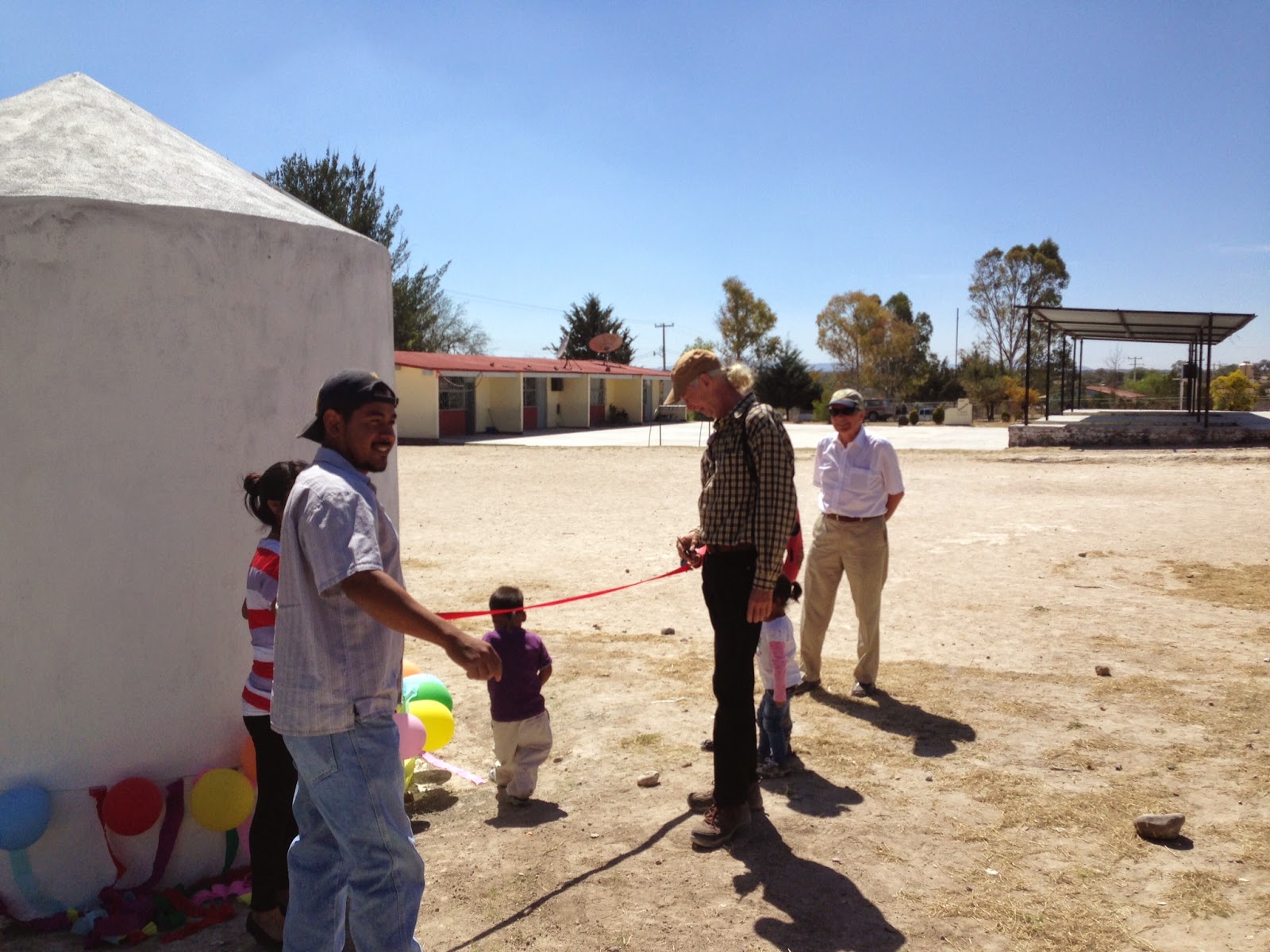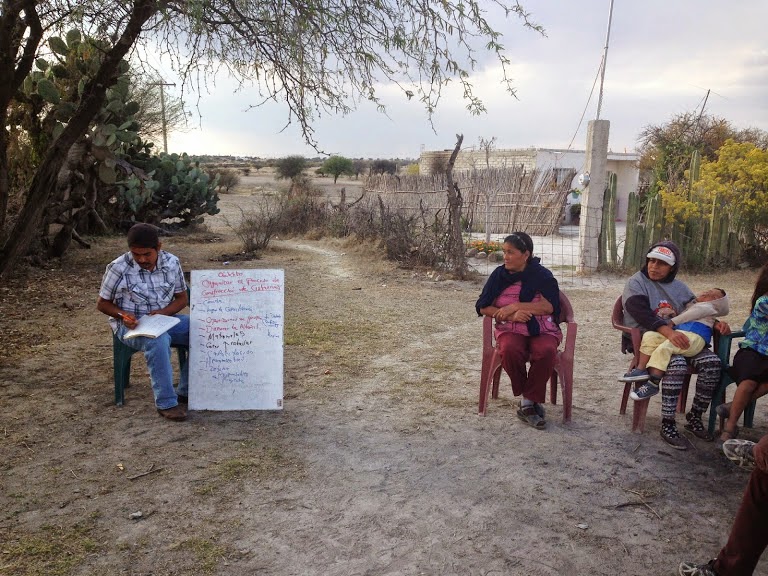The last part of 2015 has been busy with many activities.
Since we last posted we have completed the 19 cisterns in Ex-Hacienda de Pena
Blanca and 2 in San Lorenzo. Alejandro and I traveled there many times during
the construction phase taking with us the new CEDESA technician; Abel.
Abel is
doing a great job & by going with him we were able to demonstrate many of the
details in cistern construction. In the course of this project, we made some
good modifications to how we install the hatch.
Alejandro & I went to the
final celebration which was a wonderful event with folkloric dances &, as
always, a lot of good food.
As well, we have spent a lot of time in Vivienda in the last 2
months working on 5 cisterns needing repair. This has been a good experience
& was needed to get us started on the new Repair & Maintenance booklet that
we will produce & hand out to new families in 2016.
Robert Ash of
MAPEI went with us one day & his expertise in cement construction &
waterproofing was invaluable. We took Abel with us to learn more about this
part of the cistern projects.
We have been doing a lot of cistern inspections to build a
database of the cisterns constructed … 751 now! … & to learn more about how cisterns hold up
over time. The answer to that question is; very well.
Did you know that a
leaking faucet dripping one drop every second will result in the loss of 50,000
liters of water a year? That is equivalent to more than four full cisterns of
precious rainwater!
Overall, our observation is that families take very good
care of their cisterns. They should because they worked very hard to build them.
Since August I have been to 2 COCIRA meetings incl. a
“grand encuentro” where we had representatives come down from UCCANG to join
us. I have been to 2 UCCANG meetings in Dolores Hidalgo.
UCCANG are an
impressive group of campesinos. This organization was started 35 years ago &
our local COCIRA organization was founded using them as there model.
We have had a wonderful year in water harvesting. We have
built 108 cisterns in 7 communities. We are nearing the end of our current
grant & we have now made an application with the Rotary Foundation for
another 314 cisterns!
There are 10 Rotary Clubs, 8 Rotary Districts & 3 foundations participating in our next grant. Lotus foundation continues to be a
major supporter of our work & they have generously donated US$10,000 to the
next project. San Miguel Community Foundation has once again stepped up & donated another US$7000 to our next water harvesting project. It is especially
rewarding when Rotary Clubs & Rotary Friends continue to come back
& involve themselves in multiple projects with us.
Thank you everyone for your support & encouragement.
Particular thanks to Alejandro & Beatriz, my compadres in the water
harvesting team, & thank you Laura Stewart for always being there to help me,
advise me, & calm me. It’s not an easy job.
Best wishes for a new year with lots of rain! J
Lee Carter
Rotary San Miguel Midday














